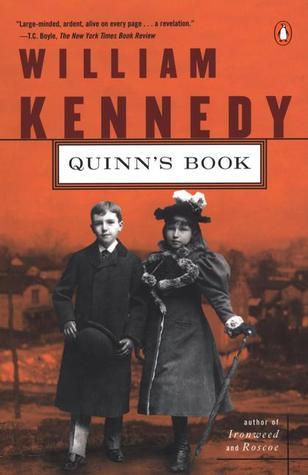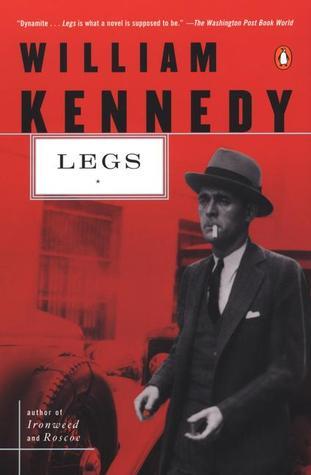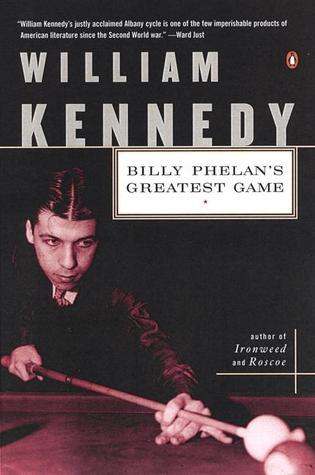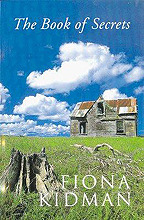
Quinn's Book
Book Description
One fateful night, a man teeters on the edge of madness, wrestling with his past and desperately seeking redemption. In the gritty streets of Albany, Quinn battles his demons, torn between the allure of a reckless existence and the yearning for a better life. As friendships fracture and loyalties are tested, every decision plunges him deeper into chaos. The clock is ticking, and choices made in the shadows threaten to shatter the fragile ties that bind him to hope. Can Quinn reclaim his lost future, or will the darkness consume him whole?
Quick Book Summary
Set in 19th-century Albany, "Quinn's Book" by William Kennedy explores the journey of Daniel Quinn, a young orphan navigating a world haunted by personal tragedy and political upheaval. Growing up amid poverty, loss, and the violent backdrop of America in transition, Quinn’s life is shaped by encounters with love, ambition, and the constant specter of mortality. As he searches for meaning through writing, romance, and adventure, Quinn becomes both a witness and participant in the city’s transformation. The novel is a meditation on the power of storytelling and imagination—not merely as escape, but as tools for survival and reconciliation with the past. Kennedy’s vivid depiction of 19th-century Albany brings to life a city teeming with possibility and danger, mirroring Quinn’s own internal battles. The book follows his struggle toward redemption, his search for connection, and his ultimate quest to turn pain into art.
Summary of Key Ideas
Table of Contents
Redemption and the Search for Meaning
At the heart of "Quinn's Book" lies a gripping tale of redemption and the human capacity for self-renewal. Daniel Quinn, orphaned at a young age by the flooding of his family’s riverboat and the death of his parents, struggles through the bleak realities of 19th-century Albany. His life, continually shadowed by tragedy, propels him into a reckoning with his own identity and the meaning of his existence. Amid the violence and deprivation of his surroundings, Quinn yearns for more—a chance to escape the binds of his past and forge a brighter future.
The Power of Storytelling and Memory
Quinn’s journey is profoundly shaped by the act of storytelling. He aspires to become a writer, driven by a need to make sense of the chaos around him and to preserve fleeting moments of beauty and hope. Through narrative, both lived and invented, he seeks to assert control over his own fate. The power of memory is ever-present, as Quinn grapples with what to remember, what to forget, and how personal history defines the stories he tells himself and others.
Social Upheaval and Personal Transformation
The city of Albany serves as a microcosm for national unrest, mirroring the turbulence of Quinn's own life. From political riots to immigration woes and class conflict, the city is a living organism undergoing seismic change. These social upheavals present both threats and opportunities for Quinn, as he navigates shifting alliances and contends with the moral ambiguities of survival. His journey reflects broader questions about America itself—about renewal, belonging, and the price of progress.
Love, Loss, and the Fragility of Hope
Central to the narrative are Quinn’s relationships—with love interests, friends, and rivals. His connection with Maud Fallon, a mysterious and independent young woman, weaves through the novel as a beacon of hope and heartache. Friendships fracture under pressures of loyalty and circumstance, and Quinn confronts the pain of repeated loss. Yet, it is the persistence of hope—however fragile—that sustains him, driving his refusal to surrender to despair.
The Struggle Between Chaos and Order
Throughout the novel, Kennedy explores the tension between chaos and order. Quinn’s actions—sometimes reckless, at other times heroic—underscore the daily struggle to find purpose in an unpredictable world. The looming threat of self-destruction is countered by flashes of resilience and artistry, as Quinn seeks redemption not just through survival, but through creation. The journey is ultimately one of transformation, where the scars of the past become the source of new beginnings, and the act of writing offers a path to reconciliation and healing.
Download This Summary
Get a free PDF of this summary instantly — no email required.





